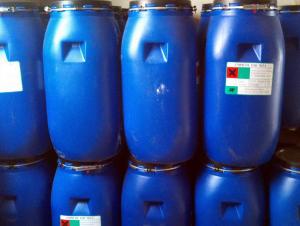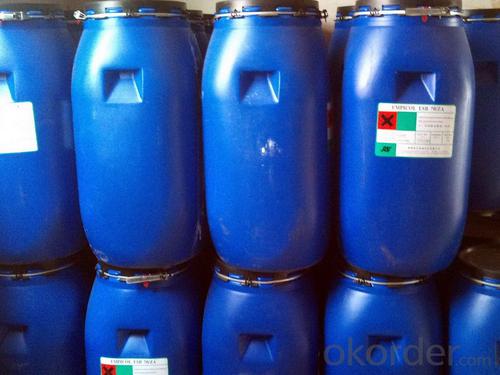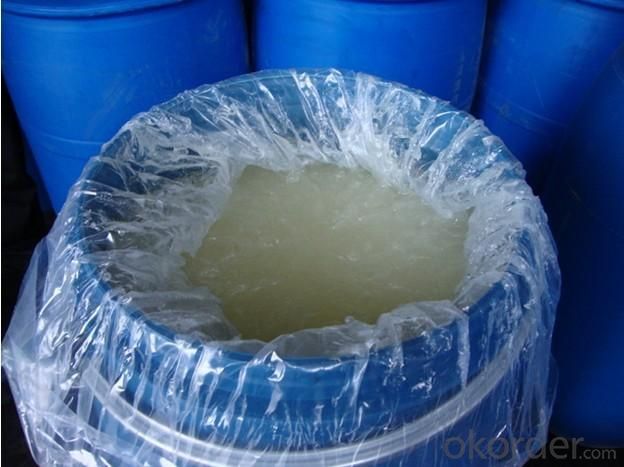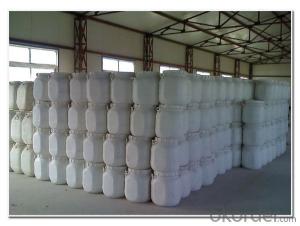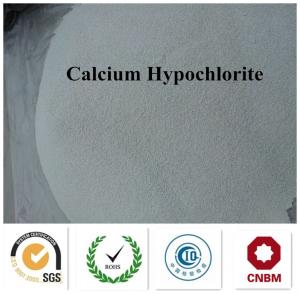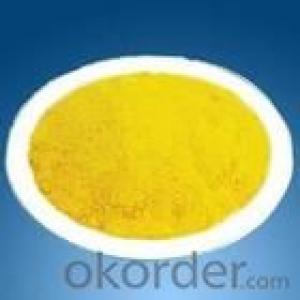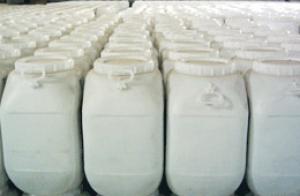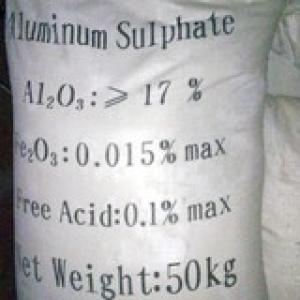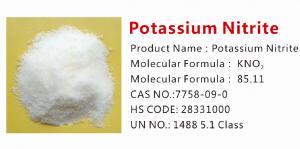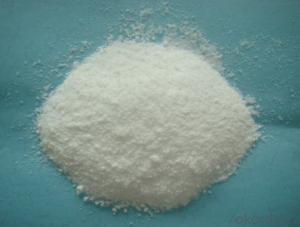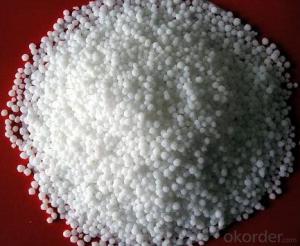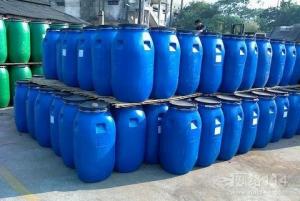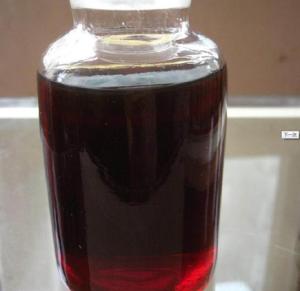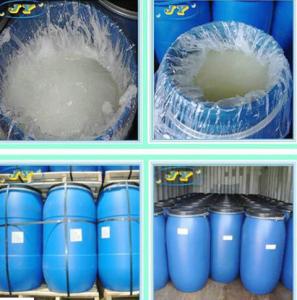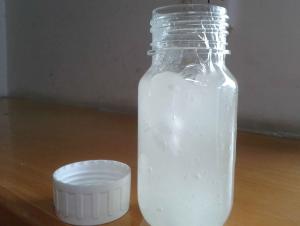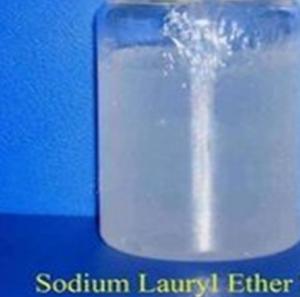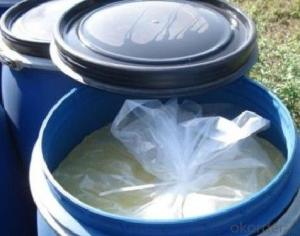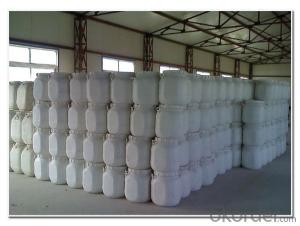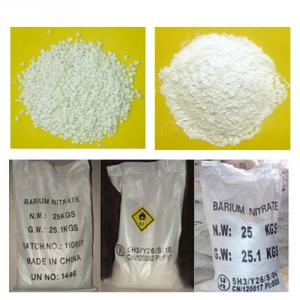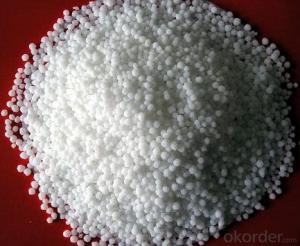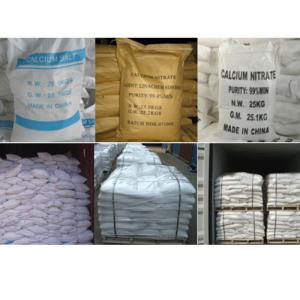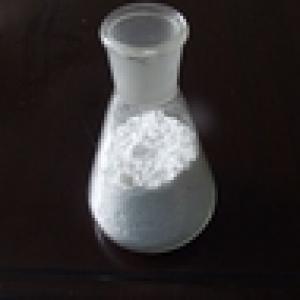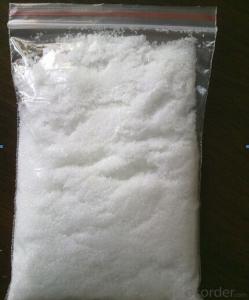SLES with Competitive Price and High Quality and Fast Delivery and Strong Package
- Loading Port:
- Tianjin
- Payment Terms:
- TT or LC
- Min Order Qty:
- 17.6
- Supply Capability:
- 3000 m.t./month
OKorder Service Pledge
OKorder Financial Service
You Might Also Like
1.Structure of Sodium Lauryl Ether Sulfate70%(SLES70%) Description:
CAS No.: | 68585-34-2 |
MF: | RO(CH2CH2O)nSO3Na |
EINECS No.: | 221-416-0 |
Appearance: | White or Light Yellow Viscous |
Usage: | Cosmetic Raw Materials, Detergent |
2.Main Features of Sodium Lauryl Ether Sulfate70%(SLES70%) :
With excellent detergency,emulsification and foamability,it is easy to dissolve in water.As well as favorable hard-water resistency and high-biodegradation,it is popular with customers both at home and abroad.
3. Sodium Lauryl Ether Sulfate70%(SLES70%) Images
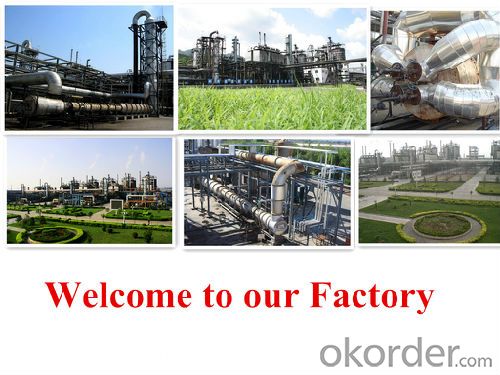


4. Sodium Lauryl Ether Sulfate70%(SLES70%) Specification
Items | Specification |
Active matter, % | 68-72 |
Free Oil,% | 3.5 max. |
Sodium sulfate, % | 1.5 max. |
1,4-Dioxane, PPM | 30 max. |
pH value ( 25 oC , 2% Am.aq.sol) | 7.0~9.5 |
Color, Hazen (5%Am.aq.sol) | 20 max. |
Chloride ion , % | 0.3 Max |
5.FAQ
1)How many tons does your factory can supply each moth?
30000tons/month
2)How to quarantee the quality of the products?
you can arrange SGS&BV or other quality inspection.
3)How many days you need to pepare the cargo after we made the order?
within 30 days.
- Q: Are there any differences between minerals and inorganic salts?
- For example, iodine in kelp, calcium lactate in sour milk, etc. These minerals are not inorganic salts.
- Q: How too much to eat too much inorganic salt
- Eat more inorganic salt, human body cells will be dehydrated, you will feel thirsty; if too much will be serious consequences, as if no one has done, after all, very difficult to eat.
- Q: What are the effects of inorganic salts on plant growth?
- P: to promote the development of seedlings and flowers open, so that the fruit, the seeds mature early. Lack of performance: the plant is particularly short, leaves were green, and purple.
- Q: What foods contain zinc-containing inorganic salts
- 5: scallop (fresh) (11.69 / 35 g / 100 g)
- Q: Consult the science and engineering, chemical and biological experts, plants absorb inorganic salts and water, then the absorption of inorganic salts in what form is absorbed into the way, is absorbed in the way of ions or in the way of the compound, And then only in the body only ionized into the ion state exists in the body. Grateful
- Root cell cell concentration is high, with the external soil moisture to form osmotic pressure, resulting in water and dissolved in water in the inorganic salt flow to the root cells, the absorption method is in the form of dissolved, so it is in the form of ions. If the salt can not be dissolved can not be absorbed, as for the specific water and inorganic salt transport can refer to 2017.7.25 know the daily newspaper.
- Q: The importance of water and inorganic salts to life is reflected in those aspects
- The role of water: 1. as a good solvent to dissolve nutrients and metabolic wastes, involved in the metabolism of body fluids. 2. To provide the water environment required for cell survival. 3. As some of the reaction of raw materials, such as photosynthesis, protein hydrolysis . 4. Is divided into the combination of water and free water constitute the two major forms of cells. 5. Plant to help carry out the role of transpiration heat
- Q: Is the inorganic salt related to the excitement
- Nerve impulses are transmitted in all or no way without attenuation along the nerve fibers. The conduction velocity of the action potential varies depending on the type of the animal, the type of nerve fibers, the thickness and the temperature.
- Q: Does the plant roots absorb inorganic salt ions must be active
- Plants absorb inorganic salts and do not necessarily absorb water. Plants absorb moisture and absorb inorganic salts are two relatively independent processes. Plants absorb moisture through the infiltration of root cells to absorb water, the process is essentially free of water diffusion process, neither the carrier nor the need for energy; and plant absorption of inorganic salts is carried out by means of active transport, This process requires the carrier and consumes the energy generated by cell metabolism. Of course, plant water absorption and absorption of inorganic salts are a certain association, inorganic salts to be dissolved in water to be absorbed, and inorganic salt ions in the transport of plants can not be separated from water.
- Q: As if there are two kinds of nitrogen, phosphorus and potassium, hoping to get answers and explain their respective roles
- According to the study, three essential conditions for determining the essential nutrient elements of the plant are: (1) This element is essential for the vegetative growth and reproductive growth of the plant. When it is completely absent, the plant can not complete its life cycle; The need for such elements is specific, other elements can not replace its role, the lack of plants will be a special lack of symptoms, only to meet this element, the symptoms will be eliminated; ⑧ this element must be in the plant from the body Direct effect, not just to improve the plant growth environment indirect role.
- Q: Would the amount of saltwater drops a penny surface could hold without spilling increase, or decrease, as the salt concentration increases? Also, maybe an explanation behind why it increases/decreases?Thank you!
- The source below says inorganic salts increase surface tension. In the present case increasing the concentration of salt (and so increasing the surface tension) would result in an increase in the number of drops being held on the surface of the penny.
Send your message to us
SLES with Competitive Price and High Quality and Fast Delivery and Strong Package
- Loading Port:
- Tianjin
- Payment Terms:
- TT or LC
- Min Order Qty:
- 17.6
- Supply Capability:
- 3000 m.t./month
OKorder Service Pledge
OKorder Financial Service
Similar products
Hot products
Hot Searches
